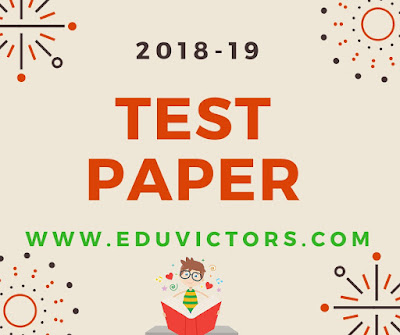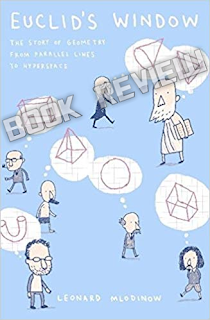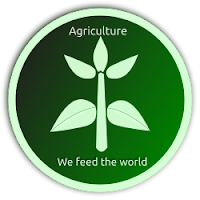Chapter - 05 Data Handling
Class 8 Mathematics
Revision Notes
• Data Handling: Deals with the process of collecting data, presenting it and getting result.
• Data mostly available to us in an unorganised form is called raw data.
• Grouped data can be presented using histogram. Histogram is a type of bar diagram, where the class intervals are shown on the horizontal axis and the heights of the bars show the frequency of the class interval. Also, there is no gap between the bars as there is no gap between the class intervals.
• In order to draw meaningful inferences from any data, we need to organise the data systematically.
• Frequency gives the number of times that a particular entry occurs.
• Raw data can be 'grouped' and presented systematically through 'grouped frequency distribution'.
• Statistics: The science which deals with the collection, presentation, analysis and interpretation of numerical data.






